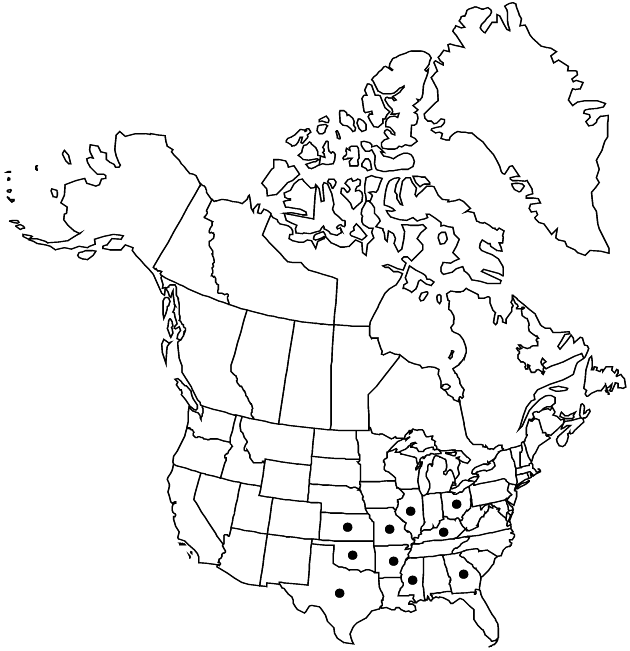Difference between revisions of "Rudbeckia grandiflora var. grandiflora"
Treatment appears in FNA Volume 21. Treatment on page 56.
FNA>Volume Importer |
FNA>Volume Importer |
||
| Line 43: | Line 43: | ||
|publication year= | |publication year= | ||
|special status= | |special status= | ||
| − | |source xml=https://jpend@bitbucket.org/aafc-mbb/fna-data-curation.git/src/ | + | |source xml=https://jpend@bitbucket.org/aafc-mbb/fna-data-curation.git/src/f6b125a955440c0872999024f038d74684f65921/coarse_grained_fna_xml/V19-20-21/V21_120.xml |
|tribe=Asteraceae tribe Heliantheae | |tribe=Asteraceae tribe Heliantheae | ||
|subtribe=Asteraceae (tribe Heliantheae) subtribe Rudbeckiinae | |subtribe=Asteraceae (tribe Heliantheae) subtribe Rudbeckiinae | ||
Revision as of 19:46, 24 September 2019
Stems hairy (hairs spreading proximally, ascending distally, ca. 1 mm). Leaves hirsute (hairs longer than 1 mm). 2n = 38.
Phenology: Flowering late spring–summer.
Habitat: Mostly mesic to dry prairies, woodlands
Elevation: 30–300 m
Distribution

Ark., Ga., Ill., Kans., Ky., Miss., Mo., Ohio, Okla., Tex.
Discussion
Variety grandiflora has been collected in Ontario; it evidently is no longer found there.
Selected References
None.
Lower Taxa
None.